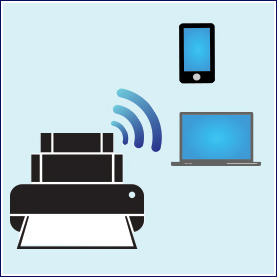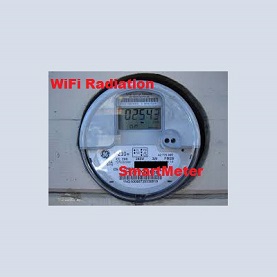WiFi Radiation and Smart Meters
WiFi Radiation
Wireless technology that has been introduced in our homes and our offices in recent years has, from a health standpoint, been overlooked.

Wireless networks use radio waves to transmit information between wired router stations and the wireless adapter cards that are inserted into electrical equipment such as desktops, laptops, printers, etc., and as well as the latest “smart meter”. The radio waves emitted by WiFi networks are typically at frequencies of 2.4 GHz or 5.8 GHz within that portion of the electromagnetic spectrum defined to be radiofrequency (RF) radiation.
Most studies recognize and acknowledge biological effects resulting in tissue and cell heating when the human body is exposed to high levels of radio frequency. More recently, concerns have been raised about a possible relationship between RF and number of symptoms such as sleep disturbance, migraines, and a week immune system. This research has led to the question of weather radiation can be carcinogenic.
Sometimes, turning your router off at night or hardwiring your Internet connection can create sudden relief from these symptoms.
Cell phone towers and WiFi antennas


